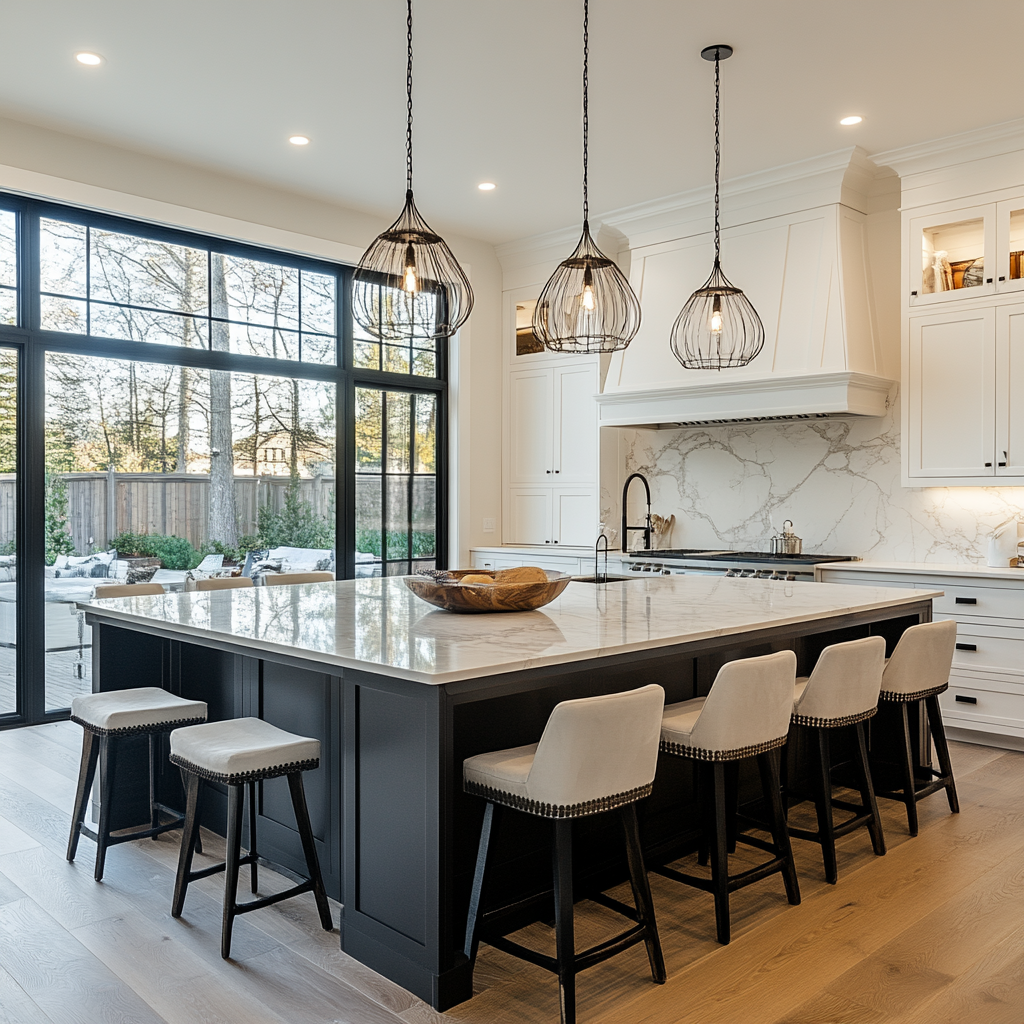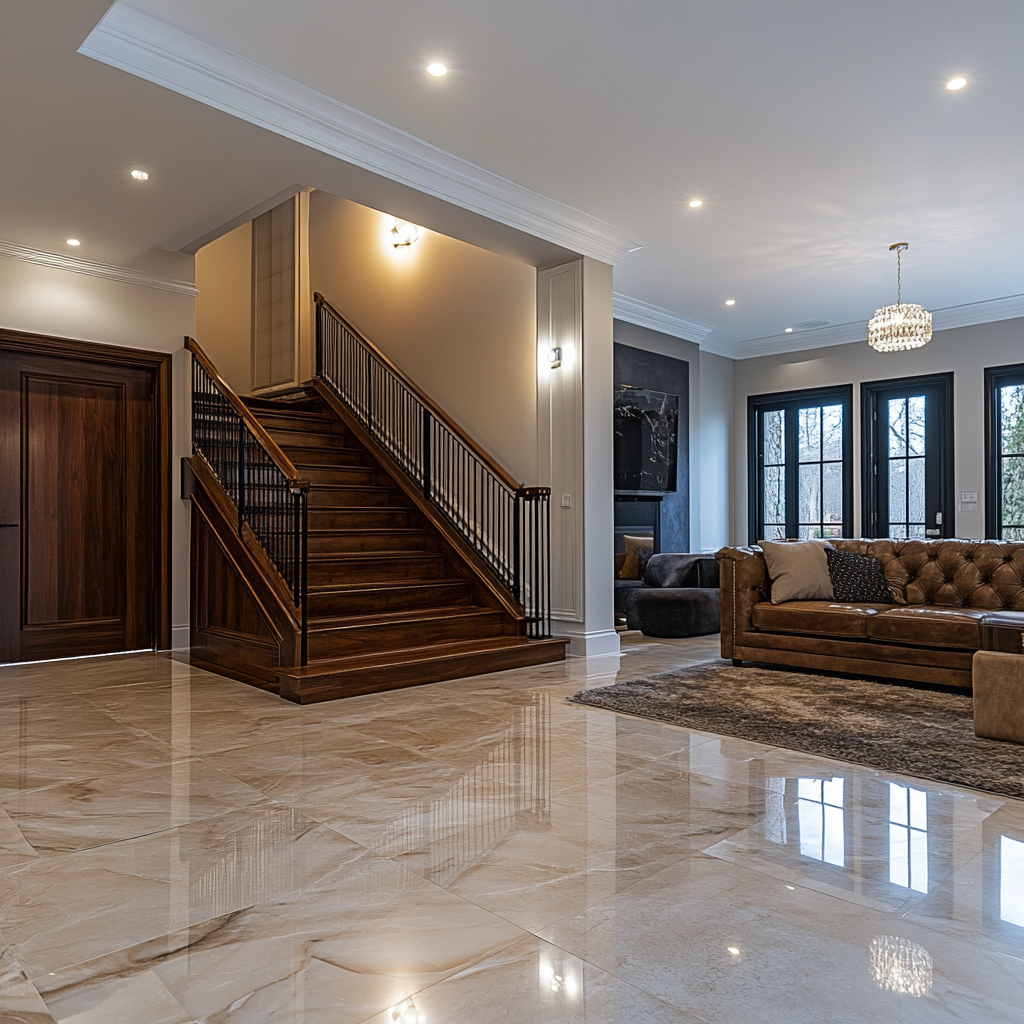Choosing the Right Facility Management Services for Medical Buildings in Sydney
/In Sydney’s fast-paced healthcare industry, maintaining a safe, compliant, and efficient medical building is essential. Professional facility management services ensure your operations run smoothly, creating a better environment for patients and staff. Whether you’re managing a hospital, clinic, or specialized medical center, finding the right team can improve safety, compliance, and cost-efficiency.
This guide covers everything you need to know about choosing the best facility management services for your medical building while optimizing operations for success.
Why Professional Facility Management is Non-Negotiable
1. Elevate Patient Safety and Comfort
A clean, organized, and well-maintained medical building enhances patient confidence and satisfaction. Facility managers ensure:
• Adherence to medical-grade hygiene standards.
• Reliable HVAC systems for proper air quality.
• Quick repairs to maintain a seamless experience.
2. Stay Compliant with Sydney Regulations
Healthcare facilities face some of the strictest building codes and safety regulations in Sydney. Professional management keeps you audit-ready and ensures compliance with:
• National Construction Code (NCC).
• Healthcare facility operation standards.
• Energy performance requirements.
3. Reduce Costs with Operational Efficiency
Efficiently managed facilities minimize downtime, extend equipment lifespan, and cut unnecessary expenses. From maintenance schedules to energy-saving strategies, the right management system reduces costs while improving services.
Features of High-Quality Facility Management
1. Preventative Maintenance for Equipment and Systems
• Regular inspections for HVAC, electrical, and plumbing systems to avoid costly breakdowns.
• Early identification of issues reduces emergency repairs and interruptions.
2. Technology-Driven Solutions
• Smart building systems to automate lighting, heating, and cooling, cutting energy bills.
• IoT devices to monitor and manage critical infrastructure.
• Cloud-based systems for maintenance tracking and task management.
3. Emergency-Ready Infrastructure
• Fully operational fire alarms, sprinklers, and backup power systems.
• Staff trained for emergency evacuations and disaster protocols.
4. Tailored Cleaning Programs
• Specialized cleaning for sterile environments such as surgical rooms and labs.
• Frequent disinfection of high-touch surfaces like doorknobs, elevators, and counters.
Financial Benefits of Professional Facility Management
• Lower Repair Costs: Preventative maintenance saves thousands by avoiding equipment failures.
• Energy Efficiency: Optimized HVAC and lighting systems reduce monthly energy bills.
• Higher Occupancy Rates: A well-maintained facility attracts and retains medical practitioners and patients.
• Improved Reputation: Clean, organized, and compliant facilities earn higher patient satisfaction scores and positive reviews.
SEO-Optimized Facility Management Keywords
To make this article rank higher, we’ve included key terms tailored for the Sydney healthcare industry:
• “Professional facility management Sydney medical buildings”
• “Preventative maintenance for medical clinics”
• “Energy-efficient solutions for healthcare facilities in Sydney”
• “24/7 facility management services Sydney”
• “Comprehensive cleaning for medical buildings”
How to Choose the Right Facility Management Provider
Finding the best team for your medical building involves asking the right questions:
1. Does the company specialize in healthcare facilities?
Medical buildings have unique needs; choose a provider with industry-specific experience.
2. Is the team available 24/7?
Emergencies don’t follow a schedule—your facility management team shouldn’t either.
3. Do they offer tailored solutions?
Ensure the company can create a customized plan for your facility, from cleaning protocols to energy management.
Case Study: Improving Efficiency for a Sydney Medical Clinic
Aurora Group Services recently worked with a busy medical clinic in Sydney’s Inner West.
Challenges:
• Frequent HVAC breakdowns.
• Rising energy costs.
• Inefficient maintenance scheduling.
Solutions:
• Installed an energy-efficient HVAC system that reduced costs by 25%.
• Implemented a preventative maintenance plan, preventing equipment failures.
• Upgraded the lighting system to smart LEDs for better visibility and lower energy consumption.
Results:
• 20% energy savings annually.
• Higher patient satisfaction ratings due to a more comfortable environment.
• Reduced downtime, ensuring uninterrupted patient care.
Why Choose Aurora Group Services
Aurora Group Services is a leader in professional facility management for Sydney’s medical buildings. We provide:
• Tailored solutions for healthcare environments.
• 24/7 support for emergencies.
• Advanced systems to streamline operations and lower costs.
• Decades of experience in maintaining safe, compliant, and efficient facilities.
Conclusion
Your medical building deserves the best care to meet Sydney’s high standards and patient expectations. With Aurora Group Services, you gain a partner committed to keeping your facility safe, efficient, and compliant.
Contact us today to learn how we can optimize your operations and create a healthier space for your staff and patients.





















